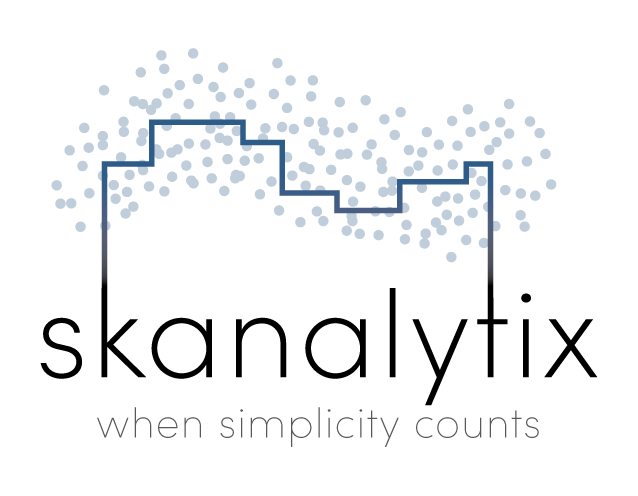Frequently Asked Questions
Skanalytix builds generative models of financial time series to support synthetic data generation, forecasting, and risk analysis. Powered by the UNCRi framework, the platform captures realistic asset-level and macroeconomic dynamics without relying on rigid parametric assumptions or black-box machine learning. Skanalytix provides scenario-aware simulations that are scalable, interpretable, and ready for portfolio-level analysis — enabling more robust decision-making in quantitative finance.
The Skanalytix modeling framework is designed for quantitative finance professionals and institutions that require realistic, high-quality simulations of financial time series. These include:
- asset managers seeking robust scenario analysis and portfolio stress testing;
- quantitative researchers and modelers needing interpretable, data-driven simulations without rigid assumptions;
- risk management teams looking for forward-looking risk measures that capture path-dependent and systemic market dynamics; and
- fintechs that use synthetic financial data for testing, backtesting, or regulatory purposes.
Whether for research, decision support, or scalable risk modeling, Skanalytix provides a flexible and modern foundation for working with complex financial data.
Most synthetic financial data is generated using simplified statistical assumptions or opaque machine learning models. These methods often fail to capture the complex, path-dependent behavior and systemic relationships present in real markets.
Skanalytix takes a different approach. Our synthetic data is powered by a non-parametric generative model — the UNCRi framework — which references historical data directly, without forcing it into a rigid structure. This allows us to simulate realistic time series that reflect both asset-level dynamics and macro-financial context, including long-term dependencies, regime shifts, and co-movement across assets.
The result is synthetic data that looks and behaves like real data — not just at the level of individual series, but across entire systems — making it highly suitable for backtesting, risk analysis, model development, and regulatory applications.
Unlike generative machine learning models such as GANs, VAEs, and diffusion models — which are typically parametric — the Skanalytix UNCRi framework takes a non-parametric approach to modeling financial time series.
Parametric models rely on fixed functional forms and require training procedures like backpropagation to tune a very large number of parameters. This makes them opaque, computationally intensive, and often brittle in financial contexts where data is limited and structural dynamics are complex.
In contrast, UNCRi stores historical data in memory and models behavior by referencing it directly. While many parameters are still involved, they are not tied to a rigid model structure and do not require optimization. Instead, each data point’s influence is determined by its affinity with the current scenario — giving us full flexibility to encode domain knowledge and capture long-term dependencies without increasing model complexity.
This makes UNCRi particularly effective for modeling the rich, path-dependent behavior of financial time series, while maintaining transparency and interpretability throughout.
Thanks for your interest. Skanalytix is currently in an early deployment phase, and we’re keen to explore opportunities to collaborate with organizations that could benefit from our modeling capabilities.
If you’re interested in synthetic data generation, scenario analysis, or advanced time series modeling, we’d be glad to learn more about your needs. Please get in touch, and we can discuss how best to move forward — whether through custom simulations, exploratory use cases, or a more formal engagement.
If you’re exploring a specific application, we’re happy to work under a non-disclosure agreement (NDA) and can offer short proof-of-concept (PoC) collaborations to help assess how our model fits your needs.
